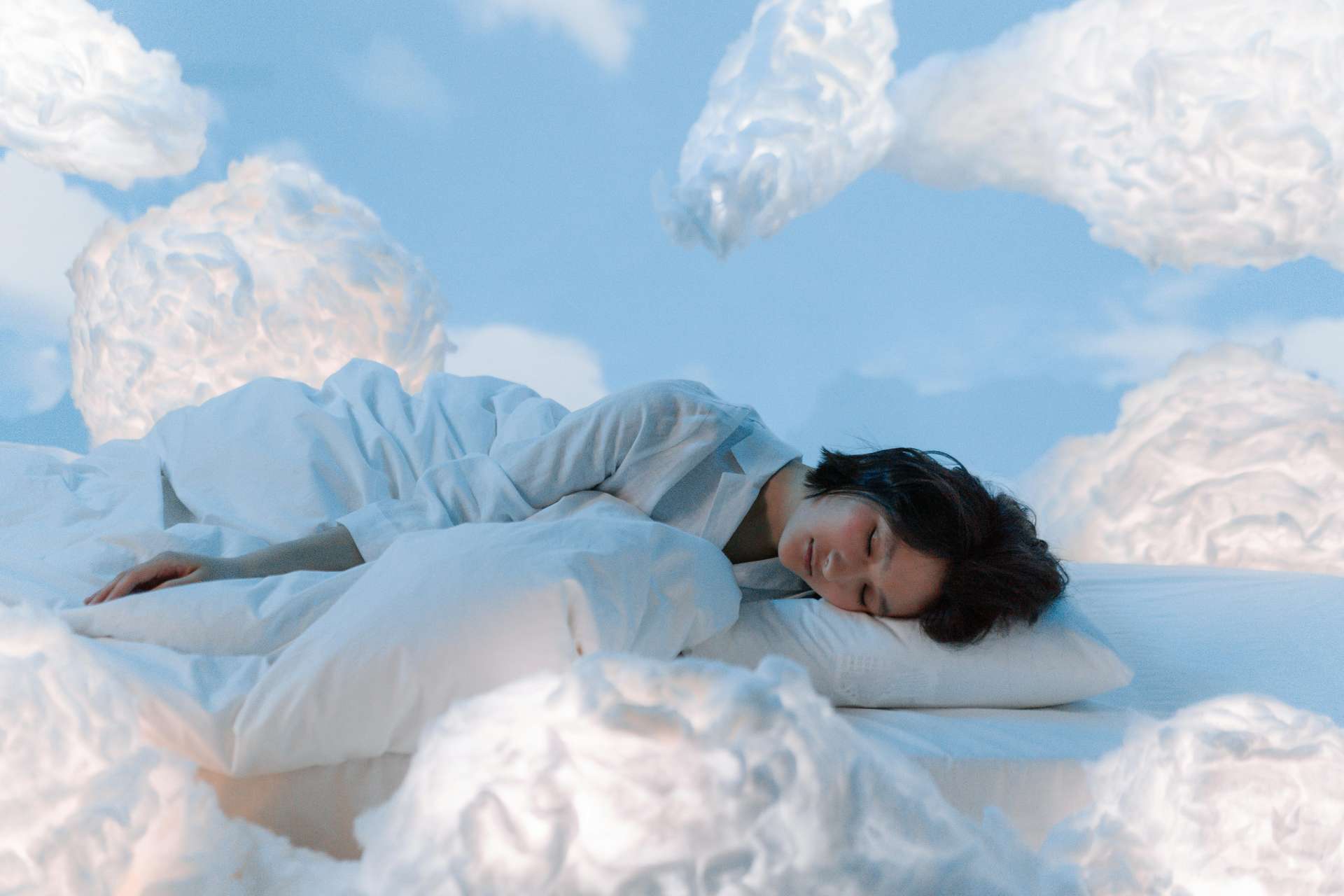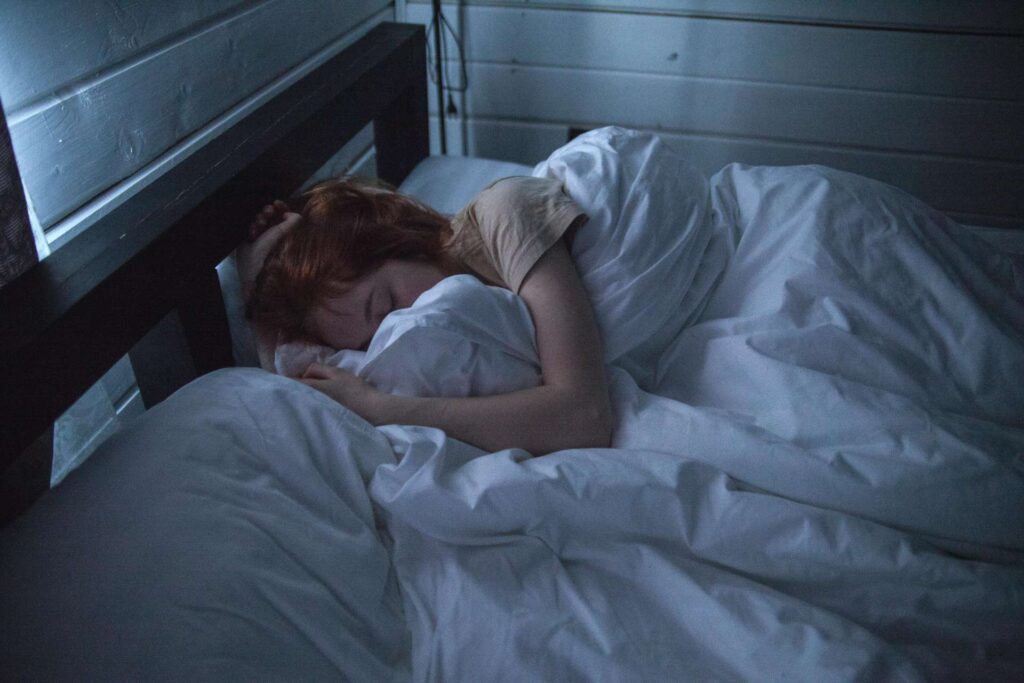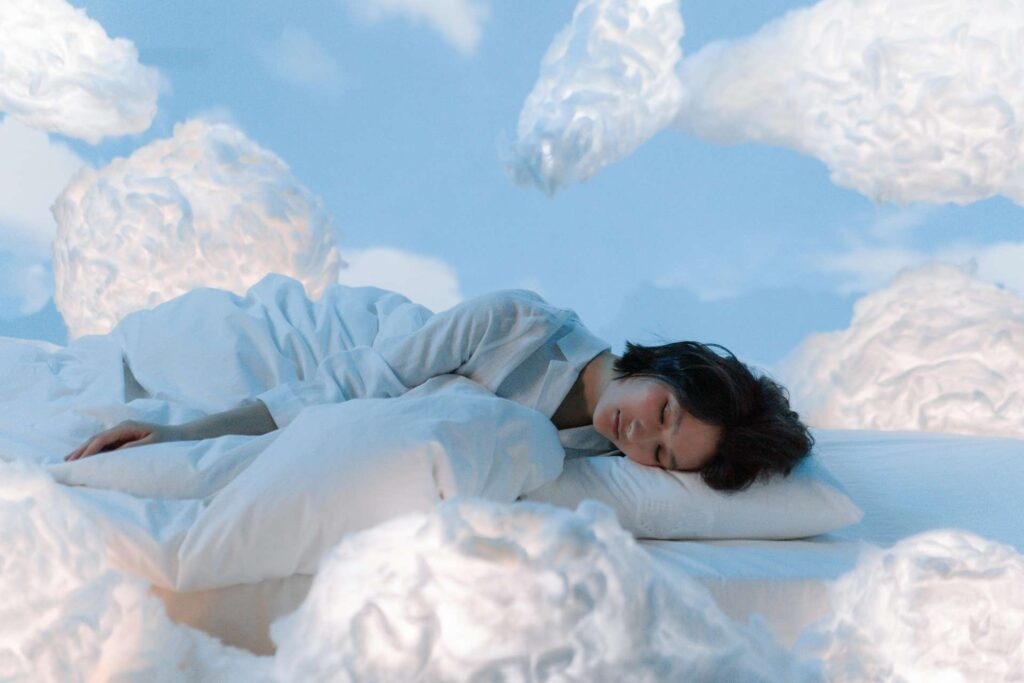
Ever wondered what happens during a sleep study? We interviewed a sleep technician to uncover the process, common surprises, and how patients can prepare.
Introduction: A Night in the Life of a Sleep Technician
Sleep studies (polysomnograms) are crucial for diagnosing conditions like sleep apnea, insomnia, and restless leg syndrome—but what actually happens during these overnight tests? To demystify the process, we spoke with Sarah Mitchell, RPSGT (Registered Polysomnographic Sleep Technician) with 12 years of experience at Johns Hopkins Sleep Center.
In this exclusive interview, you’ll learn:
- What sleep technicians really monitor (beyond just snoring!)
- The most surprising things they’ve observed
- How patients can get accurate results
- Emerging tech changing sleep studies
The Sleep Study Process: Step by Step
1. Pre-Study Prep
Sarah explains:
“Patients often worry about sleeping with wires attached, but it’s less intrusive than they think. We use 25+ sensors to track:
- Brain waves (EEG) – Identifies sleep stages
- Eye movements (EOG) – Detects REM sleep
- Muscle activity (EMG) – Catches restless legs or teeth grinding
- Breathing patterns – Flags apnea events
- Heart rate (EKG) – Monitors arrhythmias*
Pro tip: Avoid caffeine after noon and wash hair (no products) for better sensor adhesion.”
2. Lights Out—But Not for the Tech
While you sleep, technicians:
- Watch real-time data on multiple screens
- Adjust sensors if they loosen overnight
- Note unusual behaviors (sleepwalking, talking)
“One patient sang opera in their sleep! We caught it on mic and EEG—their neurologist used it to adjust treatment.”
3. The Morning After
- Sensors are removed (no pain)
- Preliminary notes go to the sleep physician
- Full report takes 5-7 business days

Common Misconceptions Debunked
Myth 1: “I’ll Never Sleep in a Lab”
Sarah says:
“90% of patients sleep enough for diagnosis—even if it’s less than home. We only need 4 hours of data. For true insomniacs, we offer at-home tests.”
Myth 2: “Sleep Apnea Always Means Loud Snoring”
“Women especially often have ‘silent apnea’—breathing pauses without snoring. That’s why we need EEGs, not just audio.”
Myth 3: “I Can’t Move at All”
“You can turn side-to-side! We just ask you avoid sleeping on your stomach (crushes face sensors).”

Most Surprising Cases
1. The “Night Owl” Narcoleptic
“A college student came in for insomnia. Her EEG showed she was falling into REM sleep in under 1 minute (normal: 90+ mins). Diagnosed with narcolepsy—her ‘insomnia’ was actually fragmented REM.”
2. The Chewing Sleeper
“One man’s jaw movements woke him 100+ times/night. Turns out he had sleep-related eating disorder—he’d unknowingly chew gum in his sleep!”
3. The Toddler Who Stopped Breathing
“A 3-year-old’s study revealed central sleep apnea (brain forgetting to breathe). Her pauses lasted 40+ seconds—scary but treatable with a pacemaker-like device.”
How to Prepare for a Sleep Study
Do’s
✔ Pack comfy pajamas (avoid nylon—static interferes with EEG)
✔ Bring your pillow if it helps you sleep
✔ Practice nasal breathing if you’re a mouth-breather (some sensors go near the nose)
Don’ts
✖ Nap the day of (skews results)
✖ Use sleep aids (unless prescribed)
✖ Apply lotions/oils (sensors won’t stick)
The Future of Sleep Studies
Sarah’s predictions:
- More at-home studies (FDA just approved smaller headbands replacing 25+ wires)
- AI analysis to detect subtle patterns humans miss
- Direct-to-patient apps letting users view real-time sleep stages
“Soon, diagnosing sleep disorders might be as easy as wearing a smartwatch to bed.”
5 FAQs About Sleep Studies
1. Will I be watched on camera all night?
Yes, but only for medical purposes. Videos are stored securely and never shared.
2. What if I need to use the bathroom?
Just call out—a tech will unhook you. “We’re used to it—about 60% of patients go at least once.”
3. Can I bring my phone?
Yes, but no scrolling in bed. Blue light disrupts natural sleep onset.
4. Do I have to sleep on my back?
No, but we’ll ask you to start there (best position to detect apnea).
5. How accurate are at-home tests?
They catch 85% of moderate-severe apnea cases but miss milder or non-breathing issues (like limb movements).
Final Thoughts from Our Sleep Tech
“The biggest lesson? Don’t ignore poor sleep. One study changed a truck driver’s life—his severe apnea meant he was essentially sleeping 20 minutes/hour. With treatment, he said it felt like ‘waking up for the first time in years.’”
📌 Call to Action: If you’re chronically tired, ask your doctor: “Could a sleep study help?”
Sources & Further Reading:
- American Academy of Sleep Medicine: What to Expect
- “The Sleep Solution” (Dr. W. Chris Winter) – Understanding sleep studies
- Johns Hopkins Sleep Center
Your best sleep could be one night in a lab away. 😴🏥
Leave a Reply